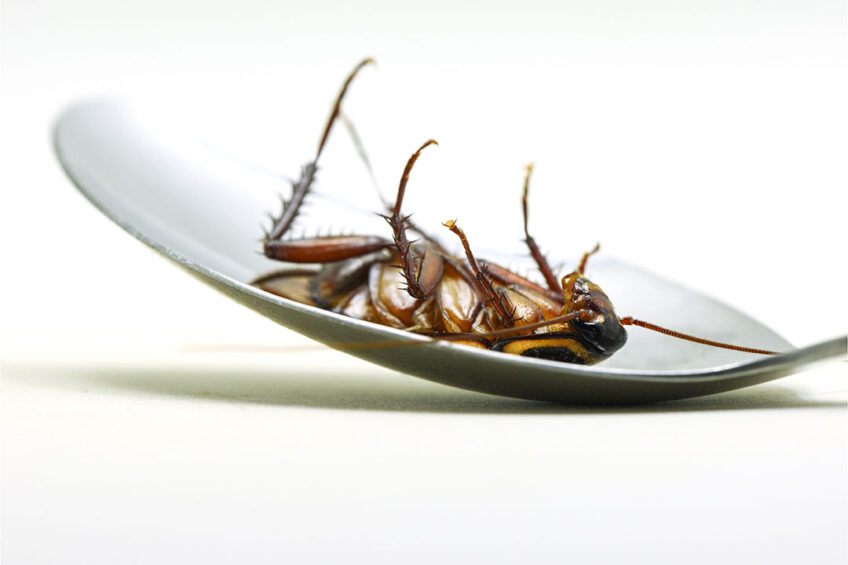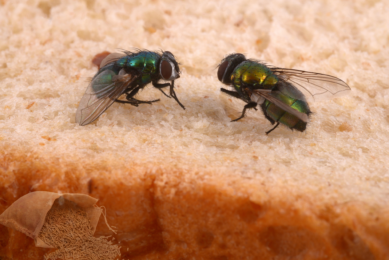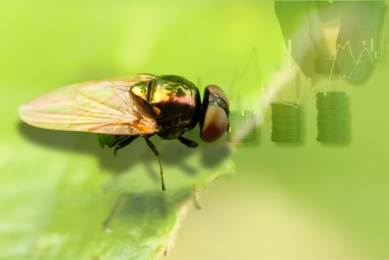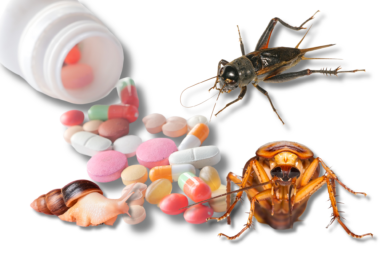Can insects provide the required protein in pet food?

Edible insects are a sustainable protein source with rapid growth and development cycle and high feed conversion efficiency which bring environmental, health, social, and economic benefits. In addition, insect farming is characterised by low greenhouse gas emissions, low water consumption, and a smaller area of agricultural land used. This article will discuss application of insects as an alternative source of protein in pet food.
It is predicted that by 2050, the global population will reach around 10 billion people. Due to the increase in the world population, the number of companion animals and the annual growth rate of pet food industry is rising, as well. Moreover, pet caregivers are becoming more aware of their pet’s nutritional needs and demand better quality products to support pet health and welfare.
On the other hand, the increased food production is responsible for significant deleterious environmental impacts such as land use, greenhouse gas emissions, and water pollution. To face this challenge, diversification of protein sources and partial replacement of animal proteins with alternative sustainable protein sources is required.
Insect protein quality
Protein quality is defined as the ability of a protein to provide basic amino acid requirements which depends on the amino acid composition and digestibility. Protein is one of the most expensive nutrients which provides essential amino acids and chemicals for bodily function and energy transformation. Edible insects contain proteins with high nutritional quality and non-protein nitrogen, and their nutrient contents may vary based on the species, the environment, and food.
Crickets contain essential amino acids comparable to those of egg, chicken, pork, and beef, which are the main protein sources of the dog diet.
Black soldier fly larvae are another promising source of protein containing 40-44% crude protein which can be a valuable alternative to the fish meals and soybean meals commonly used in pet food production.
Impact of edible insects on pet health
Insects contain antimicrobial peptides and lauric acid which increase immune response and improve gut microbiota. In addition, insect larvae protein encompasses low-molecular-weight peptides with antioxidant potential that effectively protect against the cell damage. Since insect proteins are not very common in pet food and even when they are present in pet food, still have a small percentage due to the high protein content, there is a minimal probability of pet allergy to these proteins.
Effective commercialisation of insects
Consumer acceptance is a significant challenge to the successful commercialisation of insects use in pet food specially in western countries. Factors such as visual aspects, strong aversion to insects as food, awareness of the nutritional value of insects, and knowledge about environmental, and health benefits of insect farming affect consumers reception. It is predicted that by 2029, the market for edible insects as animal food could reach $2.4 million.
Are there any dangers involved?
One of the risks of using insects in pet food, however minimal, is adverse food reactions, including allergic reactions. An allergy is defined as a hypersensitivity reaction commenced by immune mechanisms with clinical signs affecting skin, gut, and respiratory, circulatory, and nervous systems in companion animals. Furthermore, there is a risk of insect contamination during breeding, packaging, cooking, or feeding. Moreover, some insects are vectors for antimicrobial resistance genes. Other important issues include the presence of bacteria, mould fungi, and mycotoxins and bioaccumulation of heavy metals such as zinc and cadmium in insects which can negatively impact the consumers health.
Concluding remarks
Edible insects are a promising alternative protein source for the pet food industry. Insects have high protein and essential amino acids contents with antioxidant potential. In addition, they comprise antimicrobial peptides and fatty acids, including lauric acid which improve immune response, gut microbiota, and feed palatability. However, as mentioned above there are risks. Therefore, further research is required to minimise those risk factors and to increase the extensive use of insects in pet food industry.
Source:
Research – Insects in Pet Food Industry-Hope or Threat?











